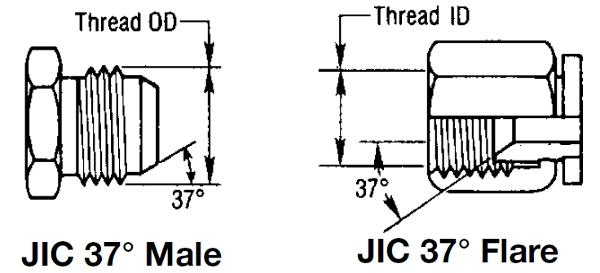Although 3D printing is quickly becoming a popular choice for manufacturing, there are times when sheet metal fabrication can serve as a better alternative. Depending on your project, sheet metal fabrication may be a superior choice over non-metal options or other metal manufacturing processes.
But not all sheet metal is created equal. Each material type has specific characteristics that may make it perfect for one project, yet inappropriate for another. Each material’s properties may behave differently during fabrication, under stress, over time, or when subjected to chemicals and environmental conditions. These are all important considerations when determining what is best for your product. Sheet metal has several advantages over other materials:
Dimensional Accuracy
Many factors can impact the dimensional accuracy of your part, including machines used and their tooling as well as the fabricator’s experience with and knowledge of the properties and behaviors of various sheet metal materials. Working with an experienced sheet metal fabricator that has a proven track record of producing high-quality parts is of the utmost importance.
Strength and Durability
Strength is the measure of stress that can be applied to a material before it deforms, and durability is the ability of the product to perform as intended throughout its expected lifetime. Parts made from sheet metal tend to be stronger and more durable than their plastic counterparts, allowing them to withstand greater pressure and heat without failing or collapsing. The malleability of sheet metal gives it the ability to be stretched or compressed without breaking or cracking. This property allows it to be used in complex, custom, or highly specialized applications. In addition, surface treatments to prevent corrosion and environmental damage can be used to further improve durability.
Cost-Effectiveness
Tooling costs for plastics can be very expensive, making sheet metal a more economical choice. Many companies move from machined parts to sheet metal because of the overall reduction in costs and material waste. With optimized nesting of parts, sheet metal can be more efficiently utilized, resulting in much less waste compared to machined parts.

